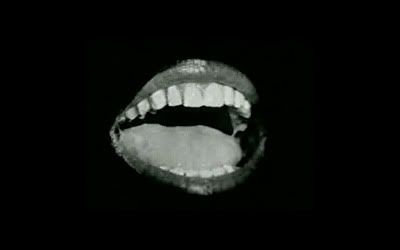
****1/2 Norway/Sweden/Denmark/UK. 84 min. Colour 2008. Directed by Anders Østergaard.
01.20.07.07 @ 6:30 pm ICA Cinema 1.
Many of you know that I love documentaries. I appreciate documentary films because it has a message and it is made with love — whether the message is meant to be propaganda or not, many documentaries are made with little or no budget with maximum time and efforts. "Burma VJ: Reporting from a Closed Country" is a documentary based on DVB's (does not stands for David Victoria Beckham here, Democratic Voice of Burma aka Burma VJ) Burma VJ's footage on the monks rebellion in 2007.
The film made me appreciate the life I have here and how important freedom is. Burma has been dictated by a military for more than 40 years. The people have been living in fear since. Foreign news crews were banned, the internet was shut down, and Burma was closed to the outside world. DVB found a way to broadcast and leak news footage to the rest of the world via internet. These VJs risk their lives and the chances of being caught in exchange for the journalistic spirit of reporting the truth to the world.
This documentary had me at the edge of my seat holding back to shout "GO MONKS!" until the monks were beaten and disappeared overnight. Hurting the innocent is one thing but violating a religious figure, the military is going straight to hell. Wait, they don't believe in hell do they? I wonder what happened if the monks only asked for the fuel prices to be dropped rather than involving politically to free Aung San Suu Kyi? Would the military stood its place or rather meet the demands little by little? And I wonder why no other countries are willing to help out? What about the UN? Can't they do something? Basically, the entire country is in hostage, most of the country has banned tourists and foreigners to enter, it's tough for business without foreign trade. The two rebellions (1962 and 2007) at least gave the Burmese a glimpse of hope that it will happen. They'll just have to stick to their guts and have their voices heard. If you wish enough, your dream will come true. One day.





